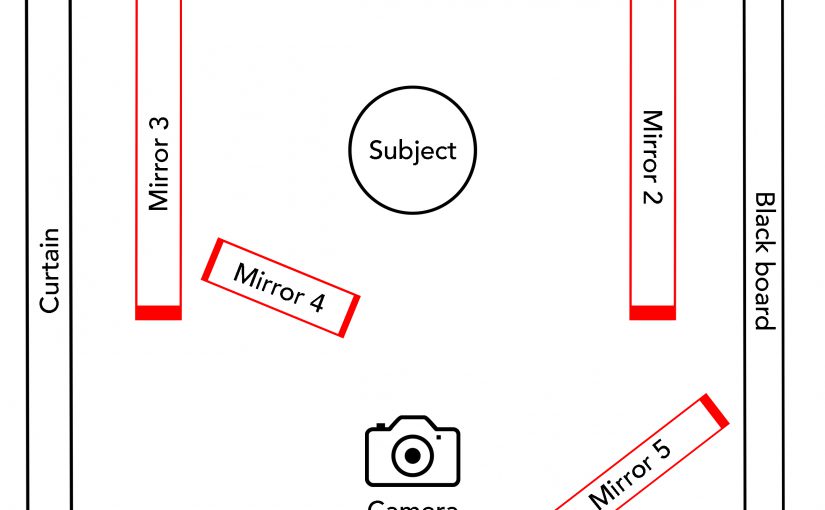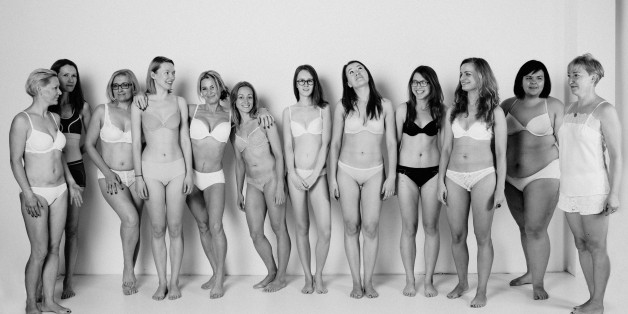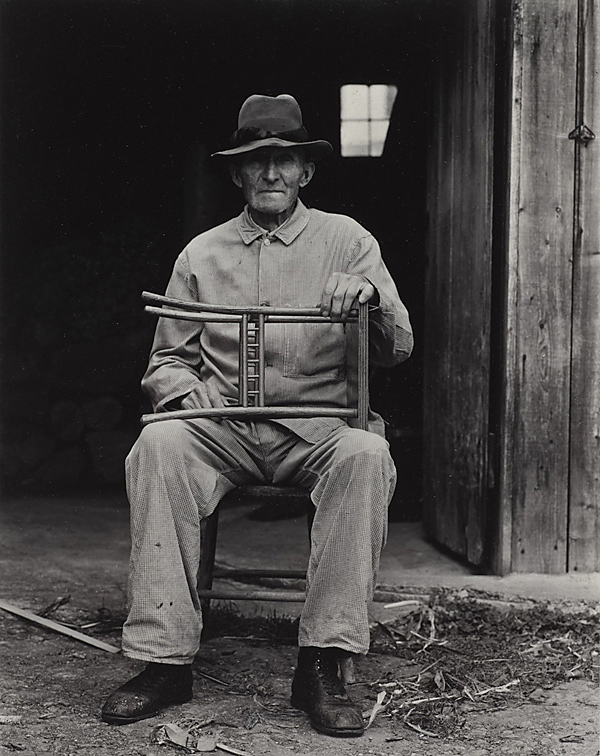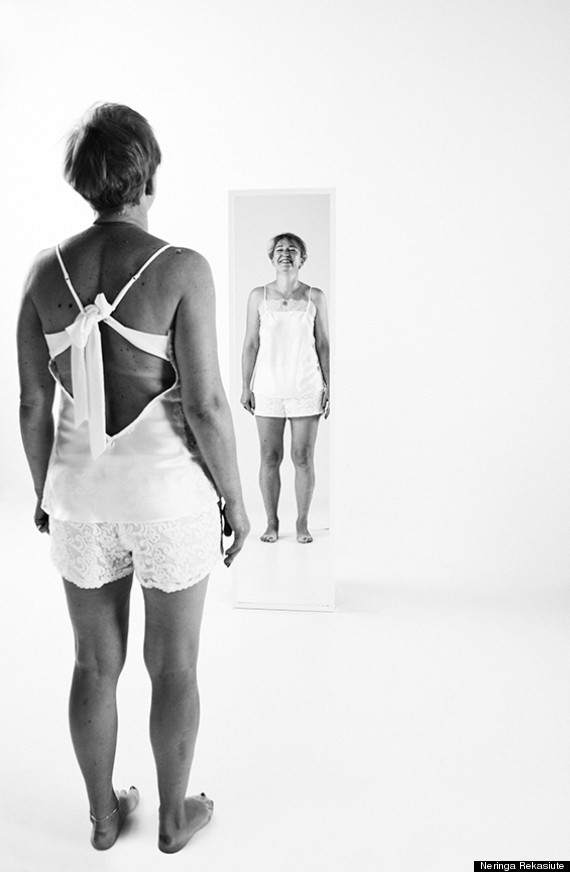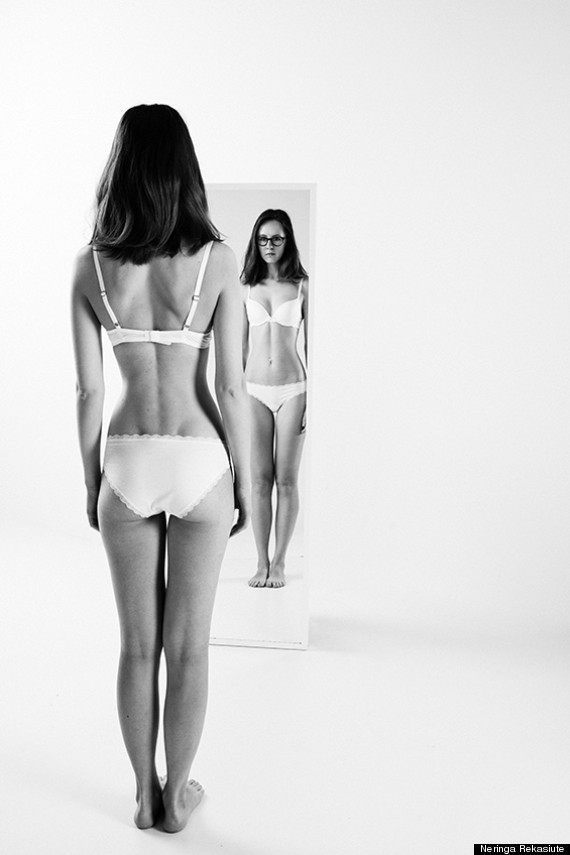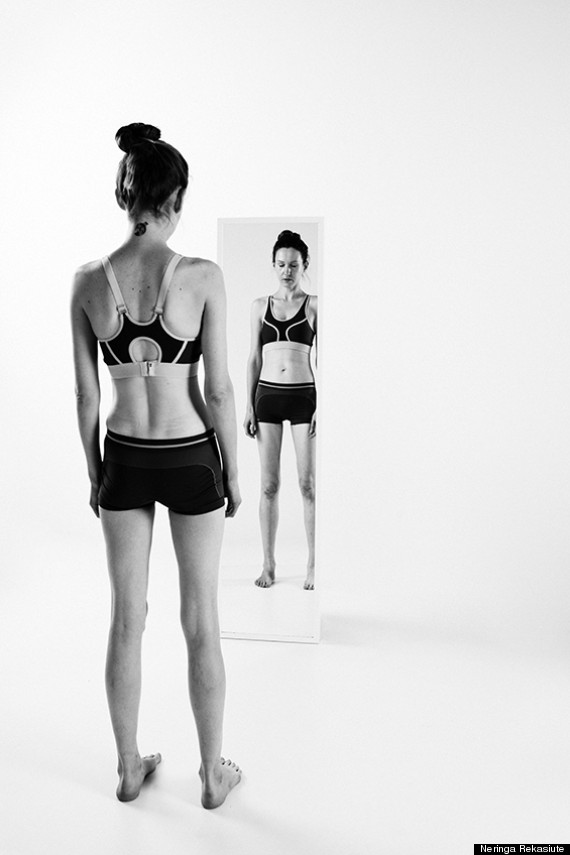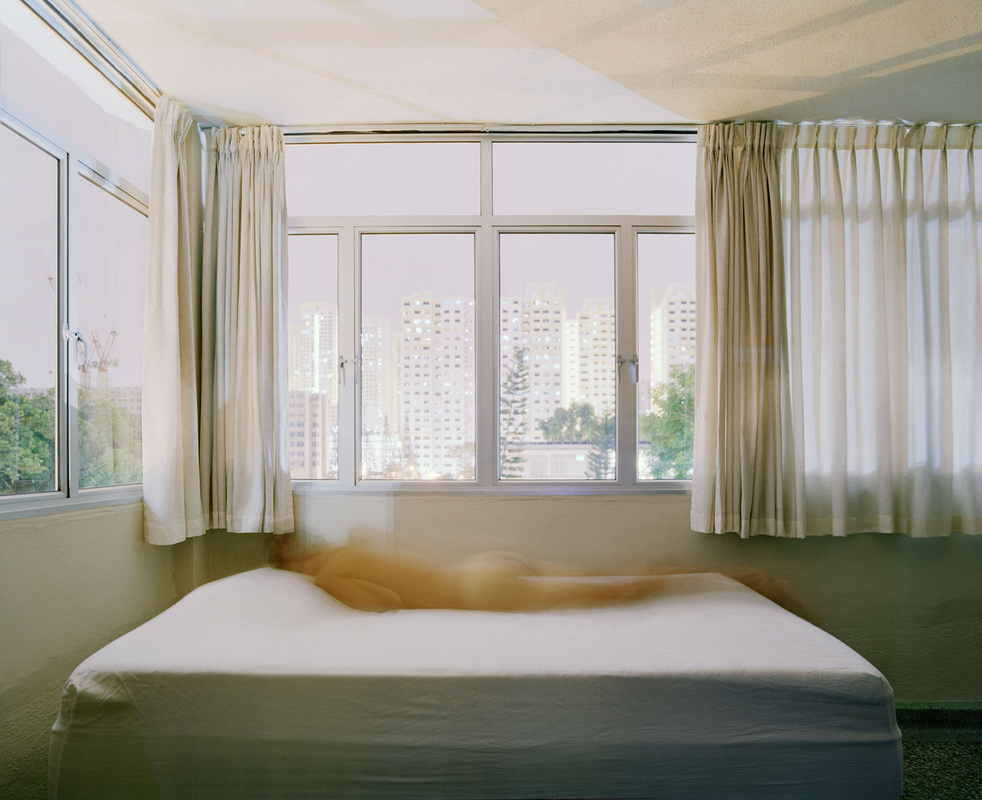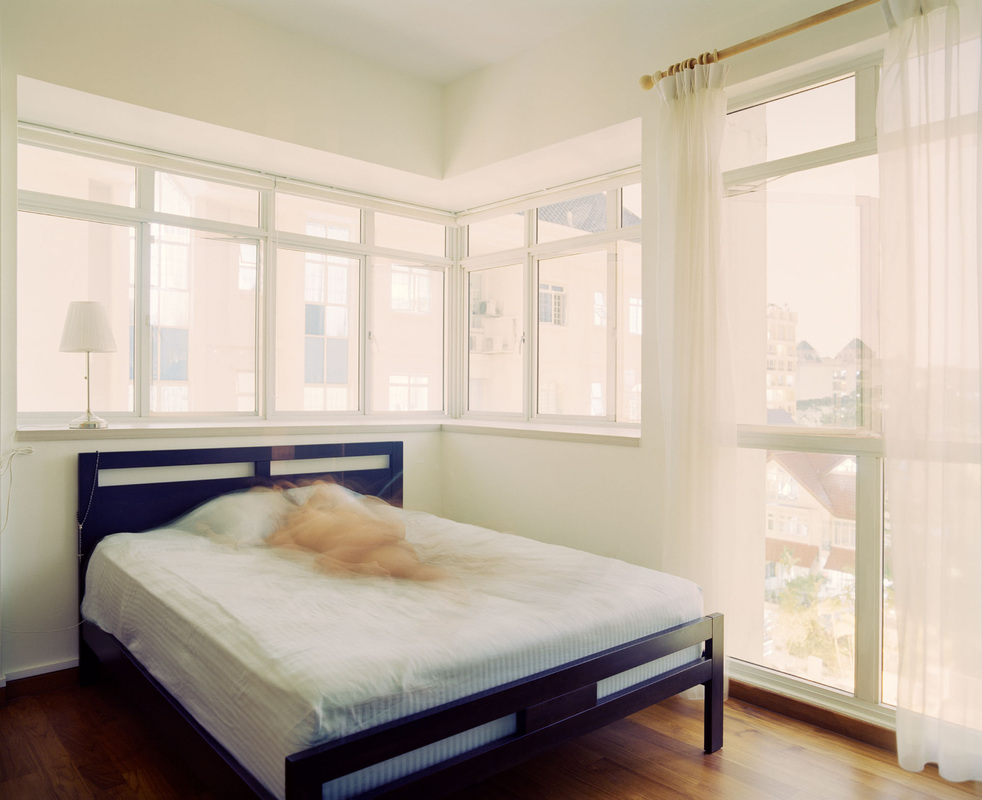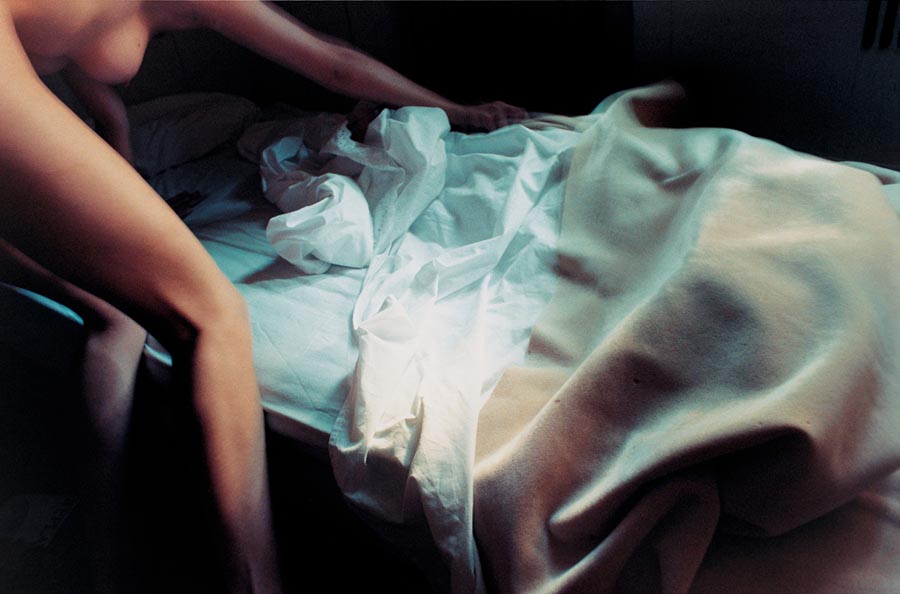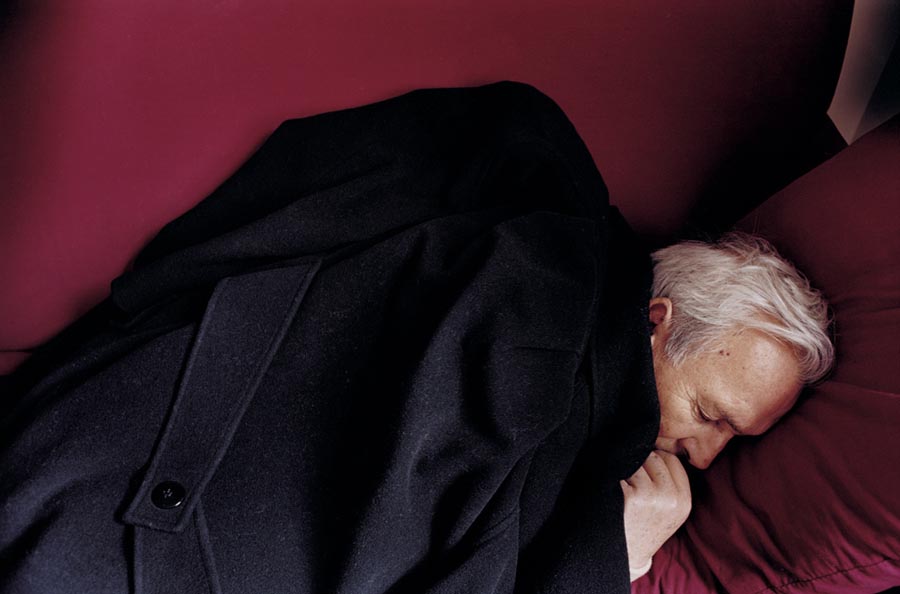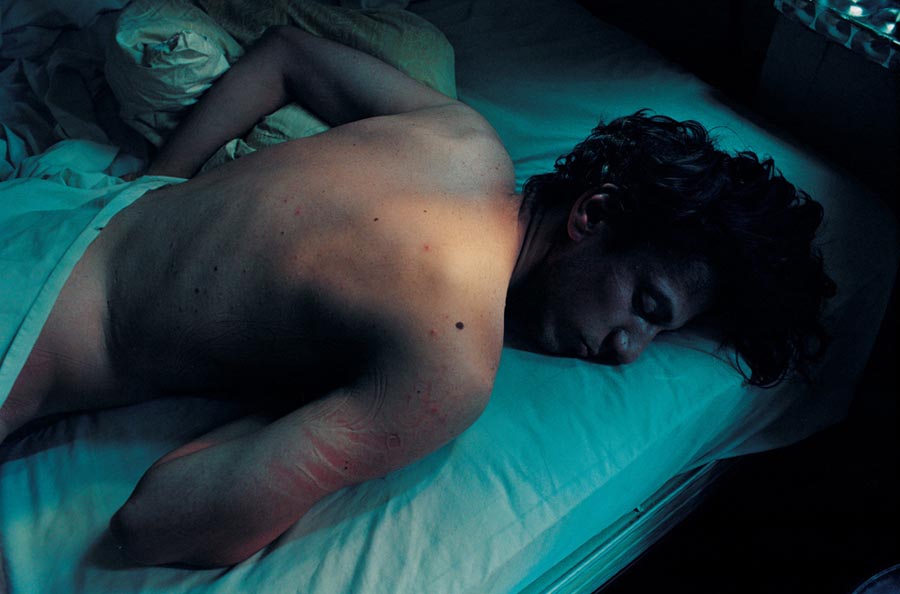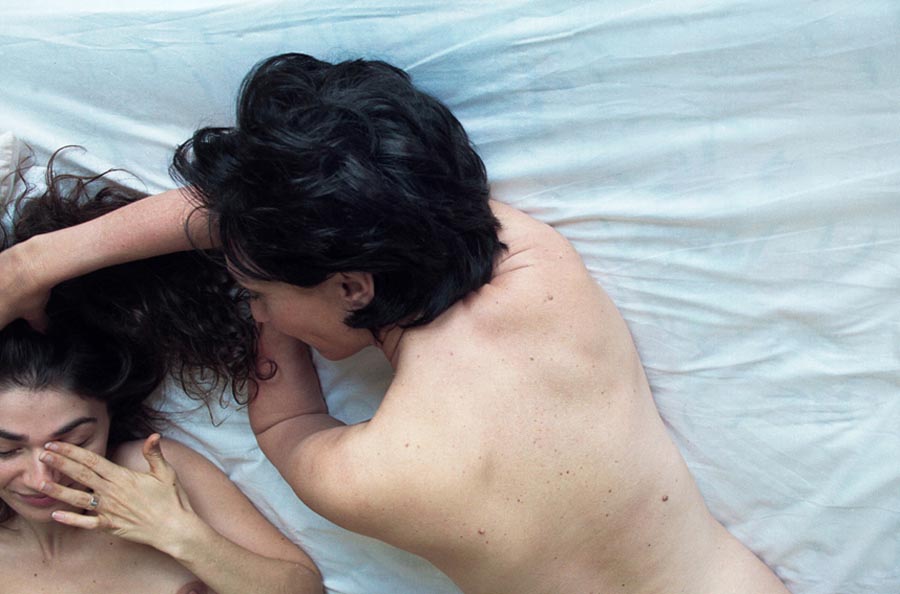Process
For my final project, I wanted to explore the space between a person being fully himself or herself while being awake and fully conscious. My previous midterm project To Be You was a photographic series of people sleeping, as at that point, I found that the only time we were able to be truly ourselves was when we were asleep, because we did not have the control over our thoughts and actions as we would when we were awake. I photographed my subjects in an intimate, close manner, as I wanted to present a sense of quiet peace while they were completely vulnerable and uncontrolled while in their temporary state of slumber.
However, in my final series, I wanted it to be much more active in a sense. I wanted my subjects to be awake and to be fully processing, while at the same time being who they really were, without a façade on. I found that the only way to do that was to seclude them from other people, so that they would not feel watched, or feel compelled to act a certain way. I needed them to feel at ease and able to act as they normally would when alone. This also meant that I could not be in the same vicinity as them, because then I would become a factor in the series, and they would not be completely alone. Therefore, I had to do this with a pre set up camera that would be ready to shoot when I was not physically around.
To do this, I borrowed a mirrorless Sony camera so that there wouldn’t be the shutter sound when firing, and the subjects would not know they were being photographed. I also constructed an enclosed space for my subjects, separating them from everyone else in the studio using boards and curtains so they would have a little corner to themselves.
I also wanted another element in the project, because I felt that it would have been too stagnant, and that it wasn’t interesting enough. At this point, I felt like incorporating the issue about body image in this society, because that has always been a subject that I am personally very interested in, as I feel like society has implemented a certain type of physical body that is constantly being held on a pedestal and popularized for both men and women to follow, and I think my generation has grown up being pressured into following this trend.
I wanted to see how my subjects would behave when confronted with themselves, so I placed mirrors all around them – on their left, right and in front of them. In a way, this documentary project was almost like a social experiment or a study to photograph the raw and organic way people would react.
Finally, after getting my subject to stand in place, I would excuse myself from the room, and let my subjects react freely to their reflections while unaware that I was photographing them.




Reflections
I think this was the first project I truly felt for, one that I had to consider long and hard to achieve the final results. It required a lot of fine tuning and a considerable amount of thinking and planning to narrow down what I hoped to achieve out of it, and what factors and issues to include or photograph.
That being said, I am quite happy with the project because I feel I have tackled two issues that I am struggling with – feeling able to be myself and body image. It was very interesting to carry this out, because for my project, the process was very important. Essentially, without the process, the project wouldn’t have been able to work. What was especially fascinating for me was to try this out with more than 20 people, to see how they would react, and really watch their expressions and mannerisms.
I am usually comfortable working with people, but that is because my work process often includes speaking to my subjects prior to photographing, so I get to know my subjects a little more. This project was pretty new to me because I wanted to leave everything as natural as possible, so I didn’t get to have a solid conversation with my subjects before shooting, which was a fresh experience.
I’m not sure how and if I would like to continue this project, but I think if I were to continue this, I would like to continue photographing multiple subjects because I feel like as any study in regardless of the field it is for, should have a plethora of subjects to get various results. I might also photograph subjects over an age range. I stuck to people in their 20s for this project as I felt connected and that I wanted to examine people near the same age as I am, but I might want to cross check and see how this would hold different results and observe how body image might impact people from diverse generations.












































